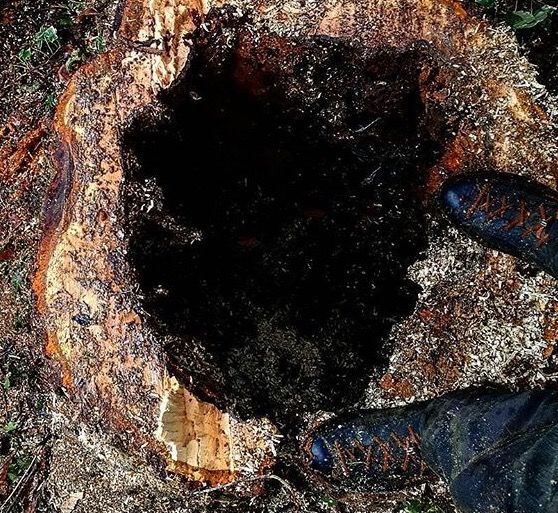Hello,
I've got a cheap Stihl replica moisture meter for nothing more than a rough guide.
With a few slabs that I know have been kiln dried and then stored in a workshop I'm getting readings of around 14/15%. (slabs up to 65mm thick)
With some interior furniture that again has been kiln dried and in position for months, I'm getting readings of around 10/11% (slabs up to 45mm thick)
With a block of elm I know was cut around 3 weeks ago I'm getting readings of 45/50% + (350mm cube)
However, with some walnut that was cut around 3 months ago I'm getting readings of 18/20% all over with pushing the 'prongs' in deep. (75mm thick) I should've weighed it but unfortunately I didn't.
I am aware that the walnut can't be that dry yet, but it does have me wondering how useful/ accurate a cheap moisture meter is?
It's obviously picking up a variance in moisture/ resistance if thats how they measure.
Are the readings accurate at all?
Thanks for any help
Thanks
I've got a cheap Stihl replica moisture meter for nothing more than a rough guide.
With a few slabs that I know have been kiln dried and then stored in a workshop I'm getting readings of around 14/15%. (slabs up to 65mm thick)
With some interior furniture that again has been kiln dried and in position for months, I'm getting readings of around 10/11% (slabs up to 45mm thick)
With a block of elm I know was cut around 3 weeks ago I'm getting readings of 45/50% + (350mm cube)
However, with some walnut that was cut around 3 months ago I'm getting readings of 18/20% all over with pushing the 'prongs' in deep. (75mm thick) I should've weighed it but unfortunately I didn't.
I am aware that the walnut can't be that dry yet, but it does have me wondering how useful/ accurate a cheap moisture meter is?
It's obviously picking up a variance in moisture/ resistance if thats how they measure.
Are the readings accurate at all?
Thanks for any help
Thanks

































